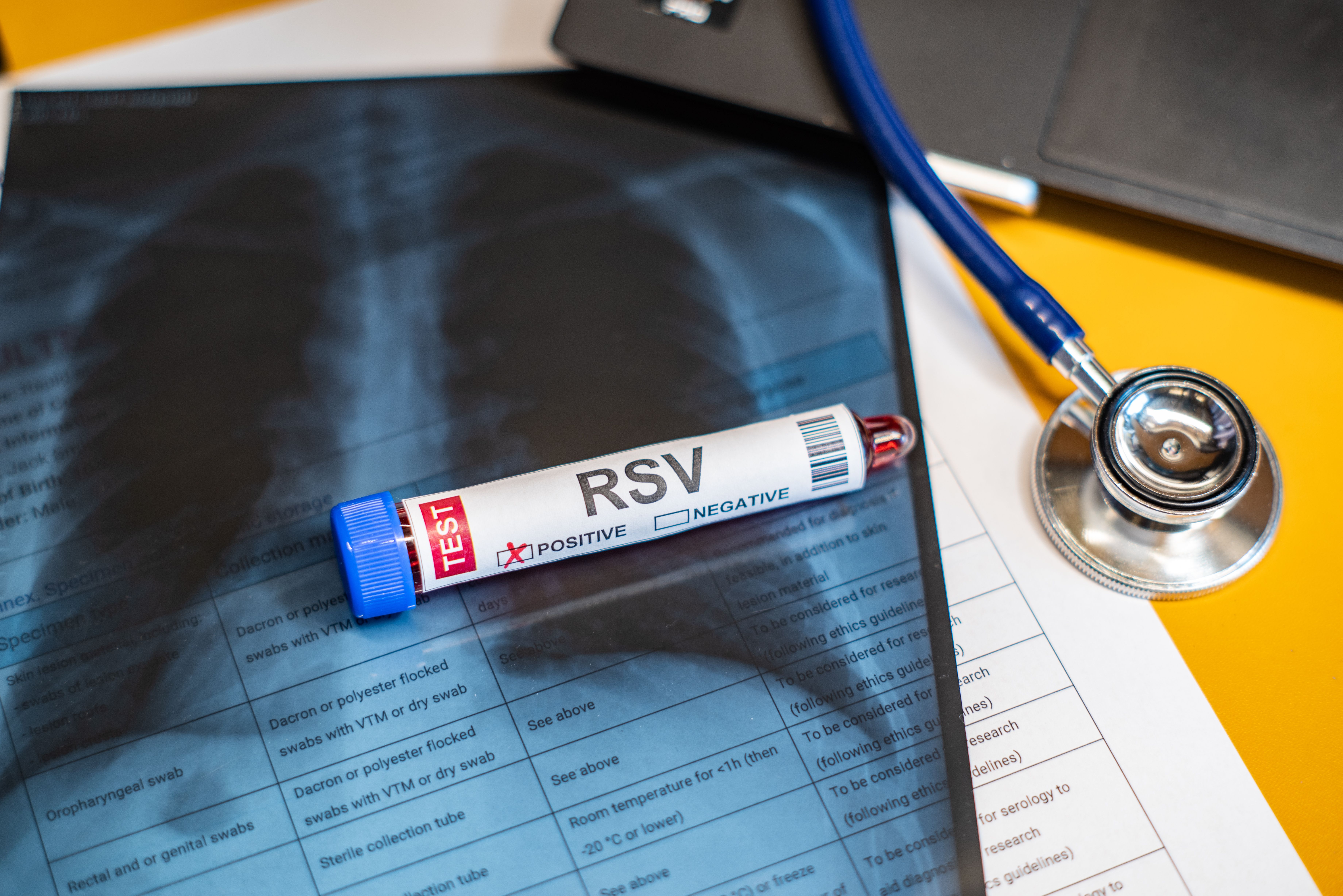Article
Cases of RSV in Older Adults Likely Underestimated in Studies
Author(s):
The burden of respiratory syncytial virus (RSV) and the effect of vaccines could be affected by underestimation of RSV in older adults.
A review published in Infectious Diseases and Therapy found that studies are likely to underestimate the number of infections of respiratory syncytial virus (RSV) in older adults. The potential for overestimation.
Severe respiratory illness in older adults and adults with respiratory comorbidities is recognized as an effect of infection of RSV, after primarily being seen as an illness that afflicted children. Increased odds of a longer length of stay, pneumonia, intensive care unit admission, exacerbation of chronic obstructive pulmonary disease, and death were all associated with infection of RSV in older adults. However, publications on the incidence of RSV is lower for older adults than for children. This review attempted to review the limitations of studies that evaluate the incidence and prevalence of RSV in older adults.
The aim of this review was to find studies on incidence and prevalence of RSV in older adults and to summarize the limitation sections of these studies performed in high-income Western health systems. Limitations were separated into author-reported limitations or other study limitations.
The researchers looked for studies that were written in the English language and were written after 2000. The researchers also used studies that covered all adults aged 18 years and older to increase the sensitivity of the search. Ovid MEDLINE was used to search for studies between January 2017, and January 2022. Data on study characteristics, population, outcomes of interest, and methodology was extracted.
There were 71 publications that were included, with over a third of them coming from the United States; the remaining studies came from European countries, Canada, Australia, and New Zealand. There were 12 studies that reported incidence, 24 that reported prevalence, and 34 that reported proportion. Most of the studies (61) were in populations that went to health care providers with respiratory infections or influenza-like illness (ILI).
The researchers reported the major limitations found in common with the included studies. A major limitation was how the studies primarily focused on symptomatic cases. A study had found that 16% of infections of RSV in healthy working adults were asymptomatic in a 10-year period in the United States. Older adults were also found to be asymptomatic in 10.7% of cases in a separate study.
Studies often limited participants to medically attended patients. Studies found that 52% to 69% of patients with RSV did not get medical care. Studies that focused on medically attended patients, and specifically patients who were hospitalized, could underestimate the full burden of the virus. The researchers found that future studies that indicated the percentage of patients with RSV who would be hospitalized could help with this study, as the few studies in this area have found that 8.3% of adults aged 50 years and older were hospitalized for RSV and another study found that 11.9% of adults aged 60 years and older were hospitalized for RSV.
Studies required defined symptoms to assess RSV as well, including ILI and fever-based definitions, which could limit asymptomatic cases. Acute respiratory infection was the most common requirement as a symptom, but the definitions varied between studies. Studies that expanded their symptom definitions were seen as being stronger to their researchers.
Case burden of RSV could also be underestimated if cases are evaluated during influenza season rather than RSV season. Taking data from only 1 season was also found to be a limitation in some studies. Studies that also excluded people with comorbidities could underestimate the groups that have the greatest incidence and burden of RSV.
Lastly testing infection in only the upper respiratory tract can miss infections, as adults only shed RSV for 3 to 4 days. Serology has been found to be better, and increased detection by 28.6% (95% CI, 5%-82%) in a study of adults aged 18 to 64 years and 50.0% (95% CI, 9%-167%) in a study of patients aged 65 years and older when paired with reverse transcription polymerase chain reaction tests. This could be a way to counteract testing only the upper respiratory tract.
This review used a rapid literature review rather than a full systematic literature review, which could have simplified or omitted some steps. Comprehensive grey literature searches were also not done and systematic searchers were limited to relevant databases. Results from studies about vaccines for RSV infection in older adults were not reported in this review.
The researchers concluded that infection of RSV was likely unreported or underestimated in older adults. However, it is unclear what the effect size of this underestimation is overall. This underestimation could underestimate the health benefits that can be gained through future medication and vaccines.
Reference
Rozenbaum MH, Begier E, Kurosky SK, et al. Incidence of respiratory syncytial virus infection in older adults: limitations of current data. Infect Dis Ther. Published online May 23, 2023. doi:10.1007/s40121-023-00802




